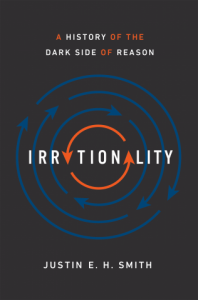How Cooking Made Us Human with Professor Richard Wrangham
Humans are the only animals that cook their food. One of the implications of cooking food, as noted by Oliver Goldsmith is, “of all other animals we spend the least time in eating”. In a ground-breaking theory of our origins, primatologist Richard Wrangham argues that the shift from raw to cooked food was a key factor in human development. When our ancestors adapted to using fire, humanity as we know it, began. Wrangham notes that as a result of eating cooked food, the human digestive tract shrank and the brain grew. Eating cooked plants or meat makes digestion easier and the energy we formerly spent on digestion was freed up, enabling our brains to grow. Cooking increases the proportion of nutrients that can be digested, makes food easier to digest and kills pathogens (harmful bacteria and viruses). Time once spent chewing tough food could be used instead to hunt and undertake other tasks and activities. Cooking became the basis for pair bonding and marriage, created household and shaped family structures, and even led to a gender based division of labour.
Richard Wrangham is a professor of Biological Anthropology at Harvard University and founded the Kibale Chimpanzee Project in 1987. He has conducted extensive research on primate ecology, nutrition, and social behaviour. In his book “Catching Fire: How Cooking Made Us Human” Wrangham argues that cooking food is obligatory for humans as a result of biological adaptations and the cooking, in particular, the consumption of cooked food might explain the increase in human brain size, smaller teeth and jaws, and smaller more effective digestive system. Wrangham’s “Catching Fire” presents an interesting narrative that how we came to be the social and intelligent beings that we are today.
“Cooking was a great discovery not merely because it gave us better food, or even because it made us physically human. It did something even more important: it helped make our brains uniquely large, providing a dull human body with a brilliant human mind” – Richard Wrangham
Complement this with slightly different but equally interesting discussion “Robots, Artificial Life and Technology Imagined by the Ancients” with Adrienne Mayer.


Connect With Us